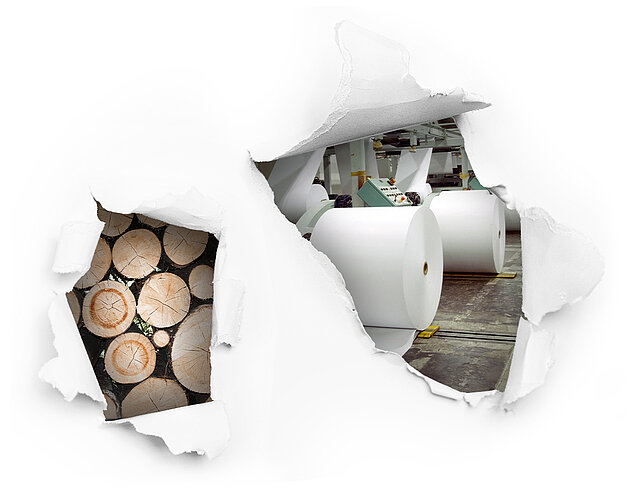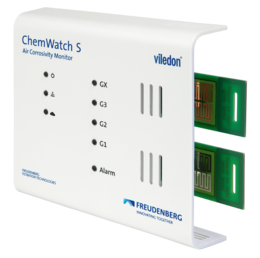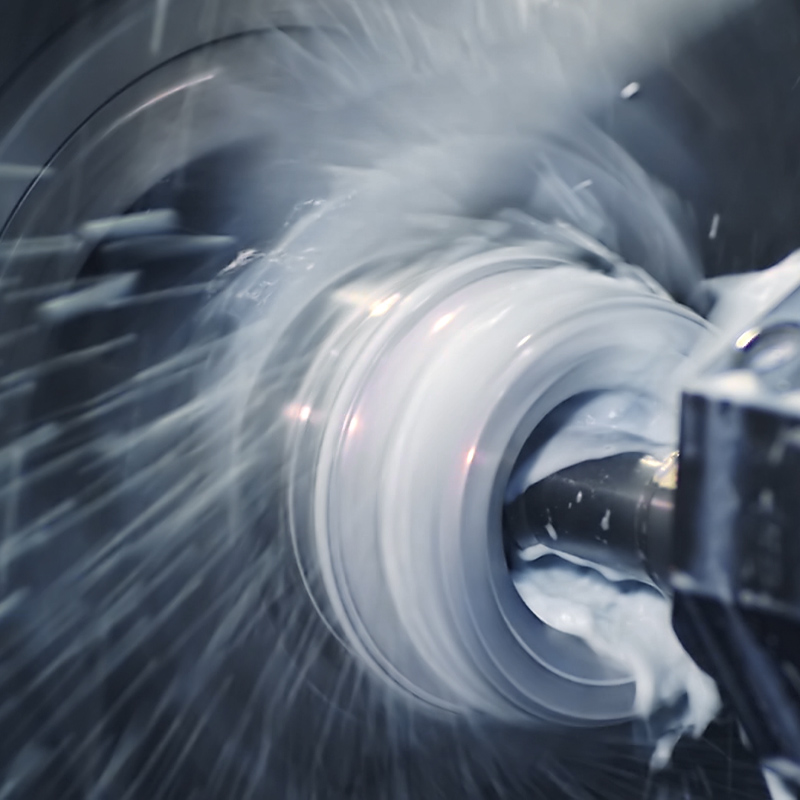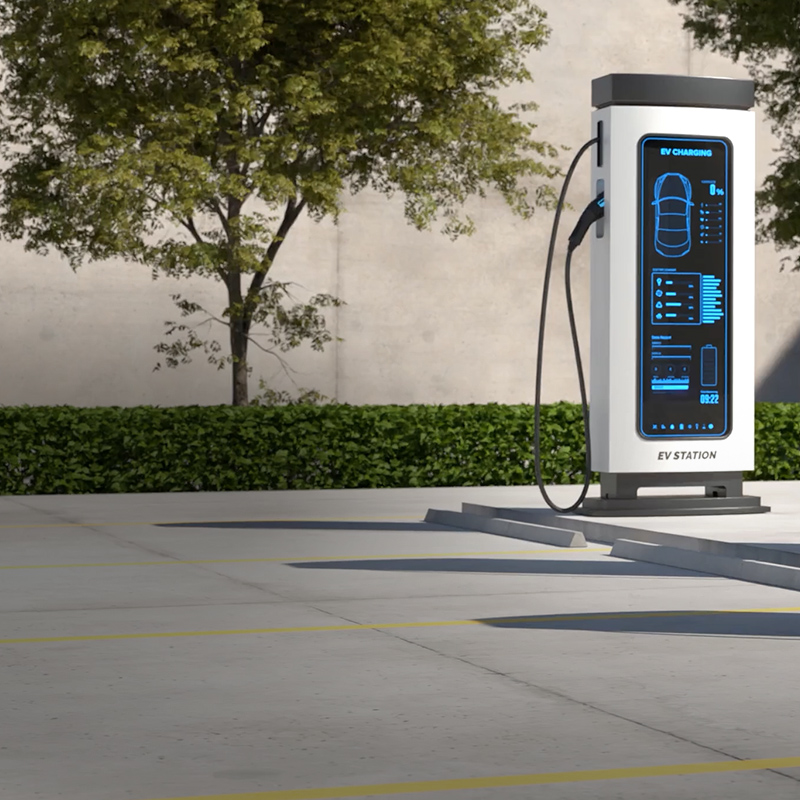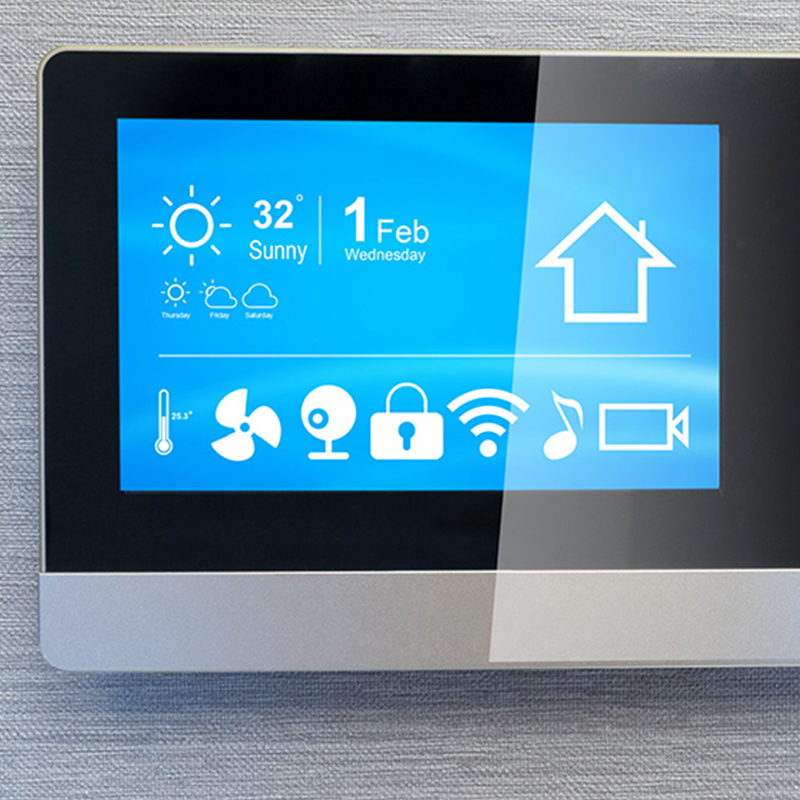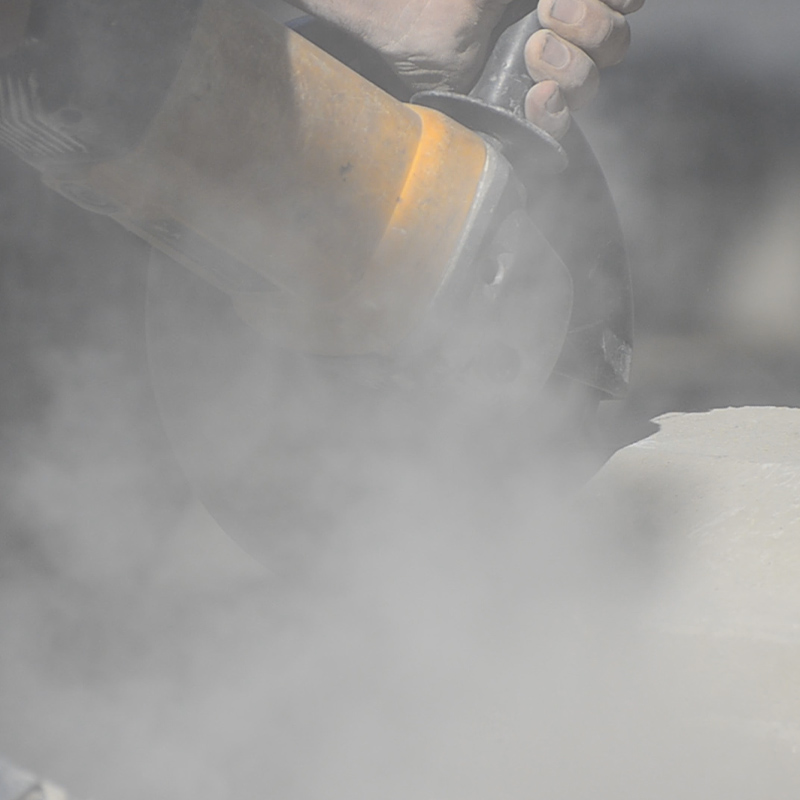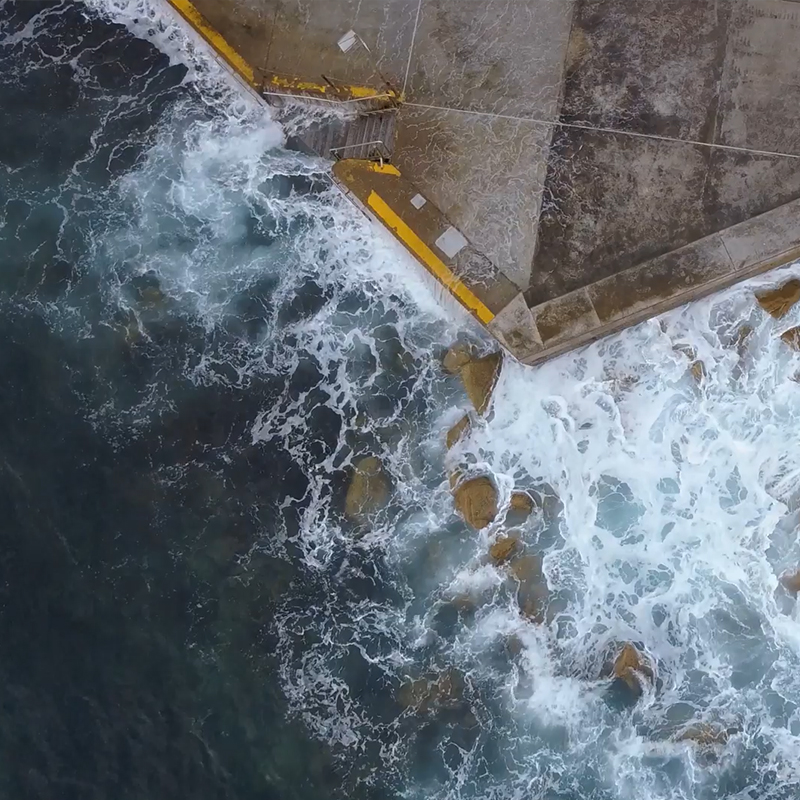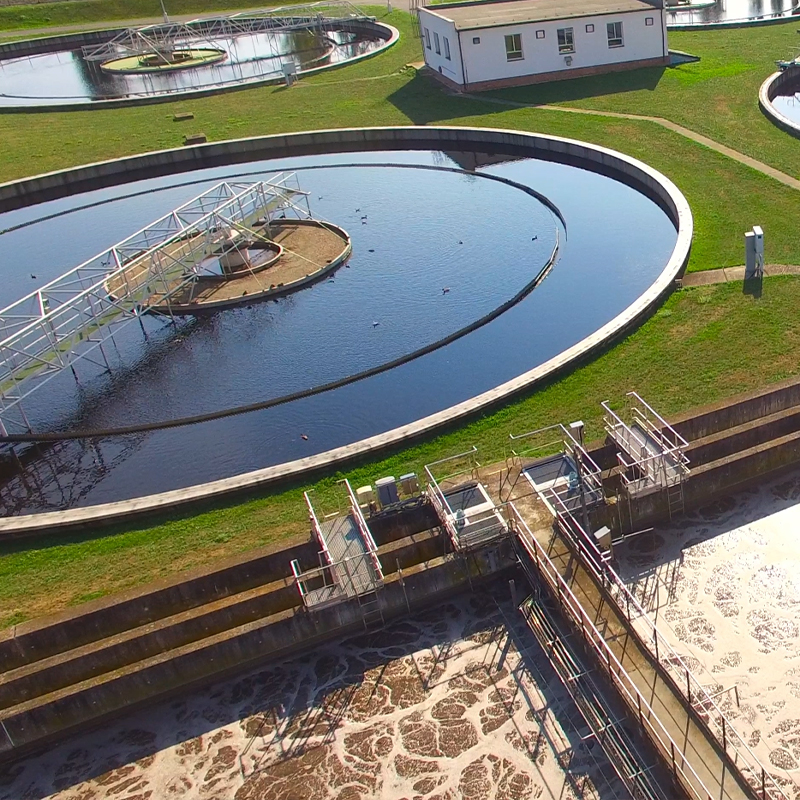Today, the use of recycled paper is established in many areas and the volume produced around the world is increasing all the time. This is mainly because optimized manufacturing processes have led to an improvement in the quality of the end product: it is now possible to produce high-quality products from almost 100 per cent waste paper. This is a positive development, because recycled paper has the clear advantage that it conserves resources. In contrast to paper produced from virgin fibers (primary wood pulp), recycled material requires almost no trees to be felled and in some cases none at all. Energy and water consumption is therefore also lower.
Everything would seem to be perfect
Contaminant gases endanger the production process
When paper is made from virgin fibers, the lignin is usually first separated in a chemical process using sulfates or sulfites. These substances are salts of sulfuric acid or sulfurous acids, which are able to break down the cell walls of the wood fibers, removing the lignin. Lignin occurs naturally in the fibers and prevents the paper from becoming bright white. If it is not removed, the paper also turns yellow more quickly.
In the sulphate process, the wood chips are boiled in an alkaline solution before being shredded and turned into paper pulp. Breaking down lignins produces hydrogen sulfide and mercaptans. In the less common sulfite process, the chips are boiled in an acidic solution, but this only works with spruce, beech, and eucalyptus. This process creates a flue gas that contains sulfur dioxide.
In both processes, the contaminant gases produced must be reliably filtered out of the air, otherwise they lead to corrosion. They are harmful to human health and should not be inhaled.
Although it disposes of this first energy-intensive process, recycling paper also produces contaminant gases during the bleaching process, which removes unwanted discoloration from the pulp.
Paper is usually bleached using dithionite or chlorine dioxide, which produces sulfurous gases and chlorine gases. Bacterial starch degradation in the waste paper produces hydrogen sulfide, which is highly corrosive. This means that in this case too, solutions are required to prevent corrosion, protect staff, and ensure safe operation.
